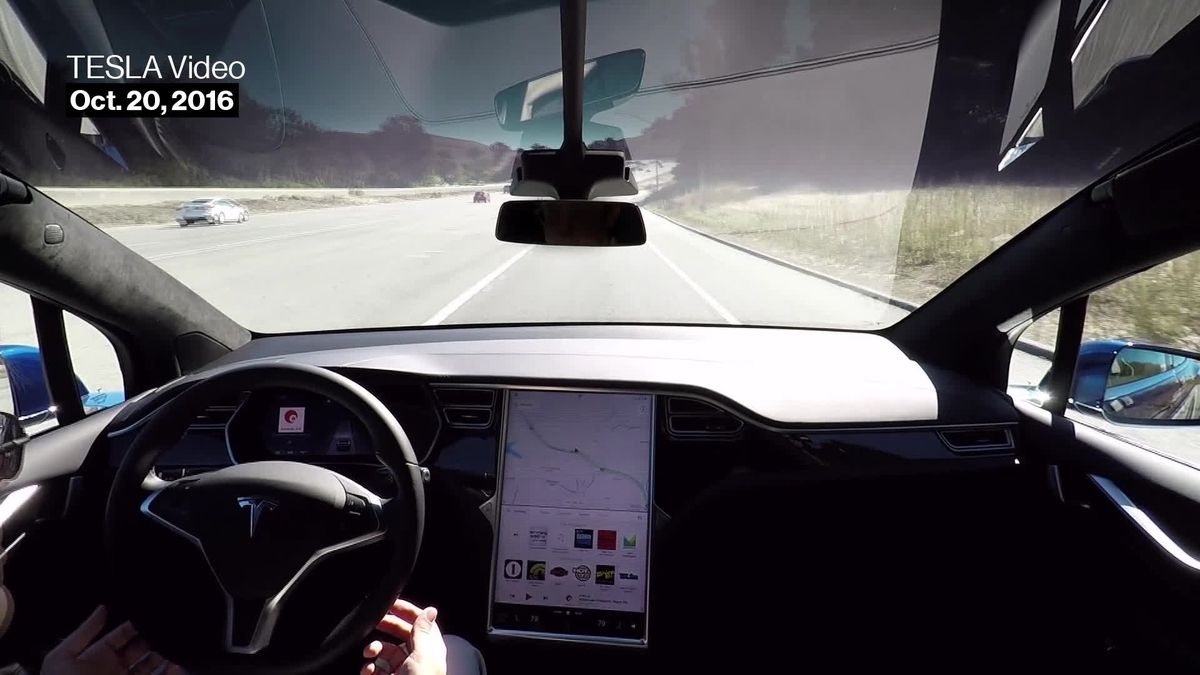
In a recent discussion that bridges the gap between artificial intelligence and automotive innovation, Elon Musk has shed light on the evolving synergy between OpenAI’s latest video generation tool, Sora, and Tesla’s ambitious quest for autonomous driving. This conversation unfolds in the wake of OpenAI unveiling its text-to-video model, Sora, sparking interest in its potential applications across various industries. Musk, with his penchant for pioneering technology, highlighted that Tesla has been dabbling in real-world video generation, equipped with accurate physics for about a year, albeit with limitations. These revelations come alongside Tesla’s launch of Full Self-Driving (FSD) version 12.12, marking a significant milestone in the company’s journey towards fully autonomous vehicles.
Unveiling the Future of Autonomous Driving
The integration of video generation technology into Tesla’s autonomous driving efforts signifies a leap towards creating more intelligent and adaptable self-driving systems. Musk’s admission that the videos generated from Tesla’s data have been less than captivating underscores a critical challenge: the need for diverse training data to enhance the realism and utility of generated content. However, the promise to incorporate external video data later this year hints at an exciting phase of innovation, potentially revolutionizing how autonomous systems perceive and interact with the world. This strategy aligns with Tesla’s recent rollout of FSD version 12.12, which has been touted as a testament to the company’s progress in refining its self-driving software.
Setting New Safety Standards
Amid advancements in autonomous driving technology, Tesla’s commitment to road safety remains paramount. The company’s latest Impact Report showcases remarkable statistics, with FSD Beta users experiencing merely 0.31 accidents per 1 million miles driven, and vehicles with Autopilot engaged reporting only 0.18 accidents per million miles. These figures not only highlight the potential of autonomous systems to drastically reduce accident rates but also set a new benchmark for road safety in the autonomous era. Tesla’s efforts to enhance the safety and reliability of its FSD and Autopilot systems are a testament to the company’s dedication to pioneering a safer future on the roads.
Exploring the Synergy Between OpenAI and Tesla
The dialogue between Elon Musk and OpenAI’s CEO, Sam Altman, regarding the application of Sora’s text-to-video capabilities within Tesla’s autonomous driving projects, emphasizes the collaborative spirit driving technological advancement today. Despite originating from different ends of the technological spectrum, both Tesla and OpenAI have converged on similar solutions to complex problems. Musk’s openness to training Tesla’s video generator with external content later this year not only exemplifies this synergy but also hints at the vast potential of combining AI’s imaginative capabilities with real-world applications in autonomous driving.
In conclusion, the intersection of OpenAI’s Sora and Tesla’s autonomous driving ambitions represents a fascinating confluence of artificial intelligence and automotive innovation. As Tesla continues to refine its self-driving technology and explore new frontiers with partners like OpenAI, the future of autonomous driving looks not only safer but infinitely more exciting. With each update and breakthrough, companies like Tesla are not just advancing technology; they’re reshaping the very fabric of everyday life, promising a future where vehicles are not just modes of transportation but intelligent companions in our daily journeys.
